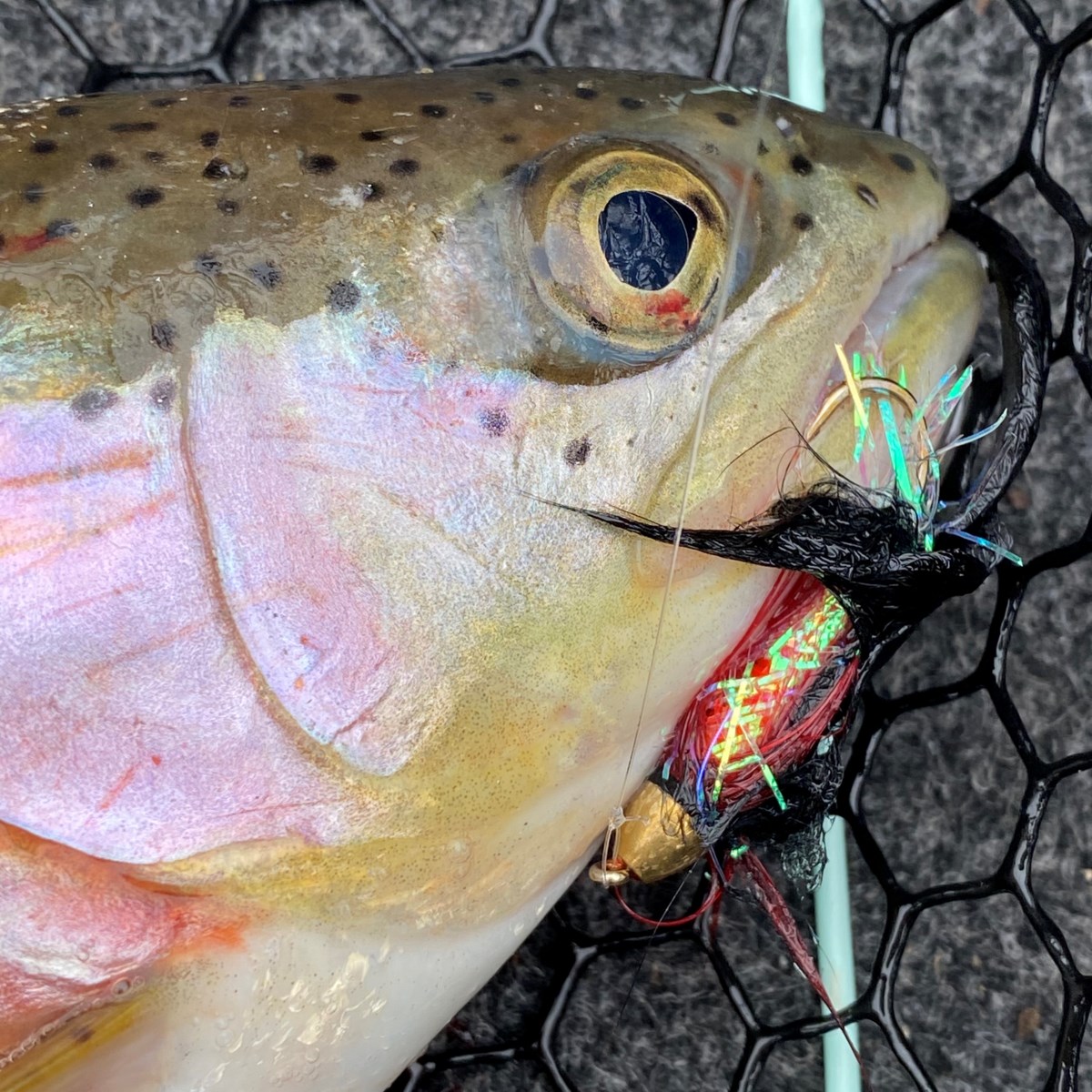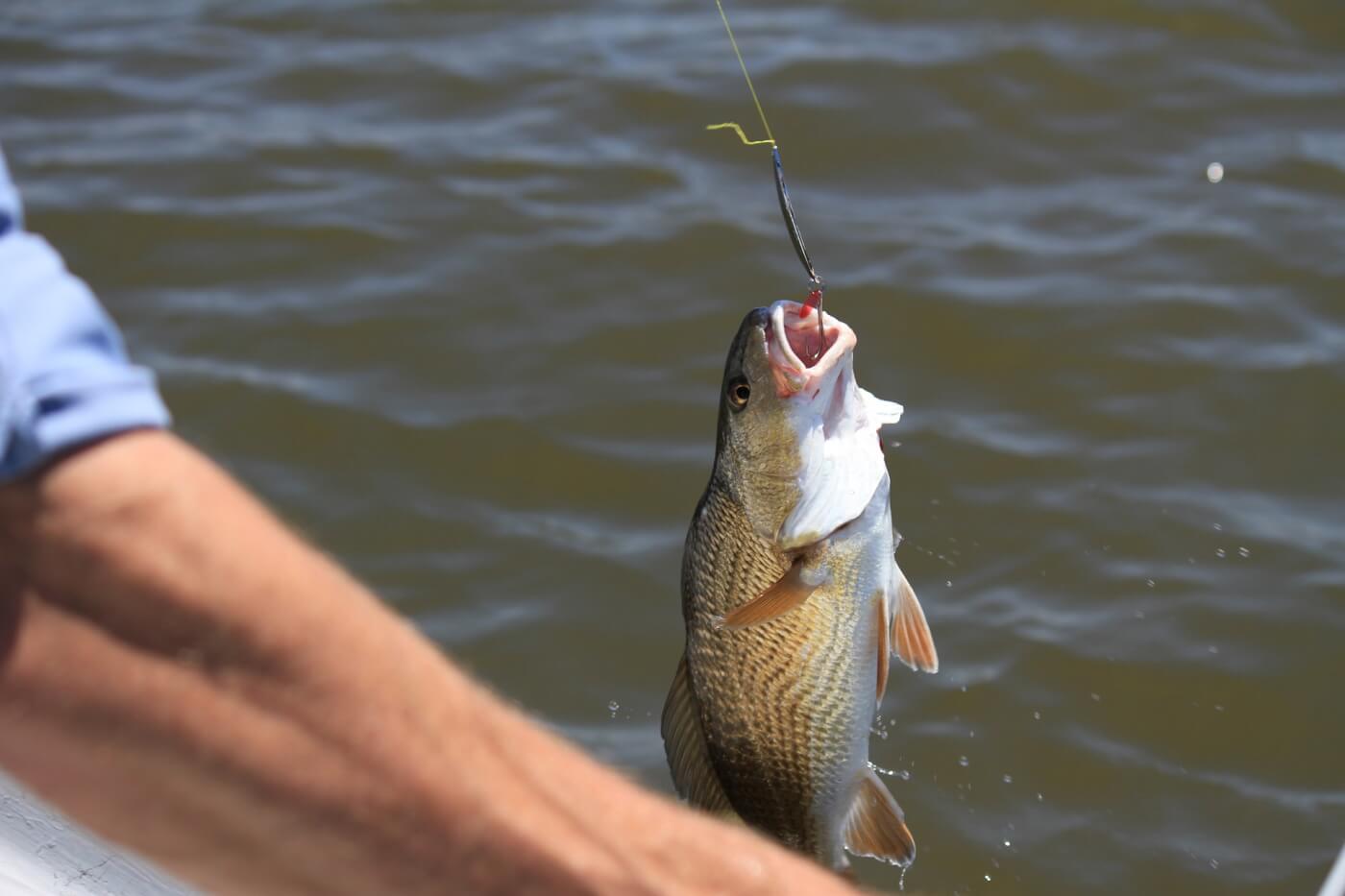Fishing is a popular hobby for many people around the world. It provides a means of relaxation and escape from the hustle and bustle of daily life. However, one question that often comes to mind is, “how painful is fishing for fish?” Many people assume that fishing is a harmless activity, but the reality is quite different.
While fishing may seem like a peaceful and enjoyable activity, it can actually be quite painful for the fish. Fishing involves piercing hooks through the fish’s mouth or body, causing immense pain and trauma. In addition, many fish are caught and released, which can cause further damage and stress to their bodies. As humans, it is important to consider the impact our actions have on the environment and the living creatures we share it with.
Fishing for fish can be painful if you’re not careful. The most common injuries are hook wounds, cuts and scrapes from handling fish and fishing equipment. Some fish have sharp spines that can cause deep puncture wounds. It’s important to wear protective clothing and handle fish carefully to avoid injury. If you do get injured while fishing, seek medical attention immediately to prevent infection.

How Painful is Fishing for Fish?
Fishing is one of the most popular recreational activities. It can be a relaxing pastime or a serious sport. However, some people avoid fishing because they believe it is cruel and painful for the fish. So, how painful is fishing for fish? Let’s find out.
1. The Hooking Process
When a fish takes the bait, the hook pierces the fish’s mouth, lip, or throat. This can cause pain and injury to the fish. However, the level of pain depends on the type of hook used, the size of the fish, and the technique used by the angler.
Generally, circle hooks are considered more humane than J-hooks as they are less likely to cause injury to the fish. Also, using a proper technique can reduce the risk of injury and ensure a quick release.
Benefits: Circle hooks are also more effective in catching fish as they hook the fish in the corner of the mouth, reducing the chance of the fish swallowing the hook.
2. Fighting the Fish
Once the fish is hooked, it will start to fight for its life. This can involve jumping, diving, and pulling the fishing line. This fight can last from seconds to hours, depending on the size and strength of the fish.
During this fight, the fish may experience stress, exhaustion, and pain. However, the level of pain is debatable as some studies show that fish do not have the same pain receptors as mammals.
Benefits: Catching fish can also provide a sense of achievement and satisfaction for the angler.
3. Landing the Fish
After the fish is tired, the angler can reel it in and land it on the boat or shore. This can be a stressful and painful process for the fish as it is out of the water, which can cause it to suffocate and die.
To reduce the stress and pain, the angler should handle the fish with care and release it quickly if it is not being kept for consumption.
Vs: Catch-and-release fishing is more humane than catch-and-keep fishing as it allows the fish to survive and reproduce, ensuring a healthy ecosystem.
4. Environmental Factors
Apart from the fishing process, environmental factors can also impact the pain and stress levels of the fish. For example, fishing in warm water can cause the fish to become more stressed and exhausted. Also, using live bait can cause the fish to suffer more as it is a more natural food source for them.
To reduce the impact on the fish, anglers should fish in cooler water, use artificial lures, and avoid playing with the fish for too long.
List: Tips for reducing the impact on fish:
– Fish in cooler water
– Use artificial lures
– Avoid playing with the fish for too long
5. The Ethics of Fishing
Fishing raises ethical questions about the treatment of animals and the impact on the environment. Some people believe that fishing is cruel and unnecessary, while others see it as a way of connecting with nature and providing food for themselves.
The key is to fish responsibly and ethically, ensuring that the fish are treated with respect and released if they are not being kept for consumption.
Table: Pros and Cons of Fishing
| Pros | Cons |
| ——————–|———————–|
| Connect with nature | Cruel to animals |
| Provides food | Impact on environment |
| Recreational | Overfishing |
6. Alternatives to Fishing
If you are uncomfortable with the idea of fishing, there are other ways to enjoy the outdoors and connect with nature. You can go hiking, camping, bird-watching, or simply enjoy a picnic in the park.
These activities can provide similar benefits to fishing without the ethical concerns.
List: Alternative activities:
– Hiking
– Camping
– Bird-watching
– Picnic in the park
7. Conclusion
In conclusion, fishing can be painful for fish, but the level of pain depends on various factors. Anglers can reduce the pain and stress by using proper techniques, handling the fish with care, and practicing catch-and-release fishing.
Fishing raises ethical questions, but it can also provide a sense of connection with nature, food, and recreation. Ultimately, it is up to each individual to decide whether fishing is right for them and to fish responsibly.
8. Additional Resources
For more information on fishing techniques, ethical considerations, and alternative activities, check out these resources:
– The Complete Guide to Fishing: https://www.takemefishing.org/
– Ethical Angler: https://www.ethicalangler.org/
– National Parks Service: https://www.nps.gov/subjects/nature/fishing.htm
9. FAQs
Q: Is fishing cruel to fish?
A: Fishing can be painful for fish, but the level of pain depends on various factors. Anglers can reduce the pain and stress by using proper techniques, handling the fish with care, and practicing catch-and-release fishing.
Q: Can fish feel pain?
A: The level of pain that fish can feel is debatable as they have different pain receptors than mammals. However, they can experience stress and exhaustion during the fishing process.
Q: Is catch-and-release fishing more humane?
A: Yes, catch-and-release fishing is more humane than catch-and-keep fishing as it allows the fish to survive and reproduce, ensuring a healthy ecosystem.
10. Glossary
– Angler: a person who fishes
– Bait: a substance used to attract fish
– Catch-and-release fishing: a fishing technique that involves releasing the fish back into the water after catching it
– Catch-and-keep fishing: a fishing technique that involves keeping the fish for consumption
– Circle hook: a fishing hook that is designed to hook the fish in the corner of the mouth, reducing the chance of injury
– J-hook: a fishing hook that is shaped like the letter J and can cause injury to the fish
– Lure: an artificial bait used to attract fish
– Reel: a device used to wind up the fishing line
– Rod: a long, flexible pole used to catch fish
– Tackle: the equipment used for fishing, including the rod, reel, and bait
Frequently Asked Questions
Here are some commonly asked questions about how painful fishing is for fish:
Is fishing painful for fish?
Fishing itself is not painful for fish, but it can cause stress and harm to the fish if it is not done properly. When a fish is hooked, it can experience pain and discomfort, but it is often the stress of being caught that causes the most harm. Fish that are caught and released may suffer from injuries or exhaustion, which can affect their ability to survive in the wild.
It is important for anglers to handle fish with care, using tools like barbless hooks and nets to minimize harm. Proper catch and release techniques can help to ensure that fish are returned to the water safely and without unnecessary suffering.
Do fish feel pain like humans do?
The question of whether fish feel pain like humans do is a topic of debate among scientists. Some studies suggest that fish do have the capacity to experience pain, while others argue that their nervous systems are not complex enough to feel pain in the same way that humans do.
Regardless of the scientific debate, it is clear that fish are capable of experiencing stress and discomfort when they are caught and handled by anglers. As such, it is important for anglers to handle fish with care and to use proper catch and release techniques to minimize harm.
What can I do to minimize harm to fish when I am fishing?
There are several things that anglers can do to minimize harm to fish when they are fishing. First, it is important to use proper gear and techniques, such as barbless hooks and nets, to minimize injury to the fish. Second, anglers should handle fish with care, avoiding touching their gills or eyes and releasing them quickly back into the water.
Finally, it is important to practice catch and release techniques that minimize stress and harm to the fish. This includes using proper equipment, such as a landing net, and avoiding overplaying the fish to exhaustion. By taking these steps, anglers can help to ensure that fish are returned to the water safely and without unnecessary suffering.
Is catch and release fishing ethical?
The ethics of catch and release fishing are a matter of debate. Some argue that catch and release fishing is a responsible way to enjoy the sport of fishing without harming fish populations, while others argue that it is a form of animal cruelty that causes unnecessary stress and harm to fish.
Ultimately, the ethics of catch and release fishing depend on the individual angler and their approach to the sport. Anglers who practice proper catch and release techniques can minimize harm to fish and ensure that they are returned to the water safely. However, catch and release fishing should always be done with the utmost care and respect for the fish and their environment.
What are some alternatives to catch and release fishing?
For anglers who are uncomfortable with catch and release fishing or who are looking for alternative ways to enjoy the sport of fishing, there are several options available. One alternative is to fish for species that are not traditionally caught and released, such as carp or catfish, which are often kept for food.
Another option is to practice catch and keep fishing, where fish are caught and kept for consumption. This approach requires a greater level of responsibility on the part of the angler, as they must ensure that they are fishing within regulations and that they are using proper techniques to minimize harm to the fish.

What Fish Feel When They Are Killed for Food | NowThis
Fishing is often seen as a peaceful and relaxing activity, but the pain associated with it cannot be ignored. The physical pain of standing for long hours in the sun, the muscle strain from casting and reeling, and the occasional hook in the finger are all part of the experience. However, there is also a deeper emotional pain that comes with fishing. The disappointment of not catching anything after hours of effort, the guilt of taking a life for sport, and the realization that the natural world is not always kind are all part of the emotional toll that fishing can take.
Despite the pain, however, fishing remains a beloved pastime for many. The thrill of the chase, the satisfaction of a successful catch, and the camaraderie of fishing with friends and family are all reasons why people continue to endure the pain. And for those who take a more mindful approach to fishing, the pain and struggles are part of a deeper connection to nature and the understanding that everything comes at a cost. So while fishing may be painful at times, it is also a rewarding and fulfilling experience that is worth the effort.
